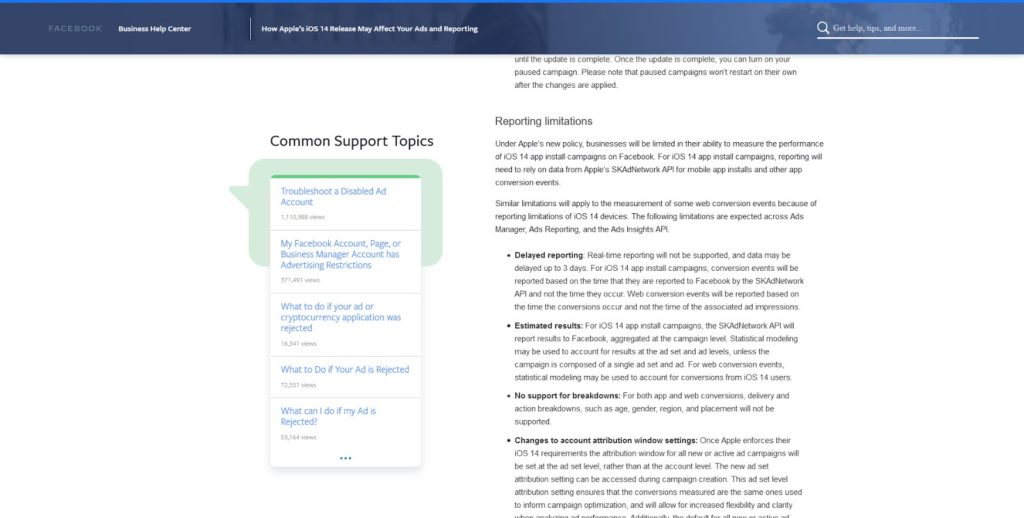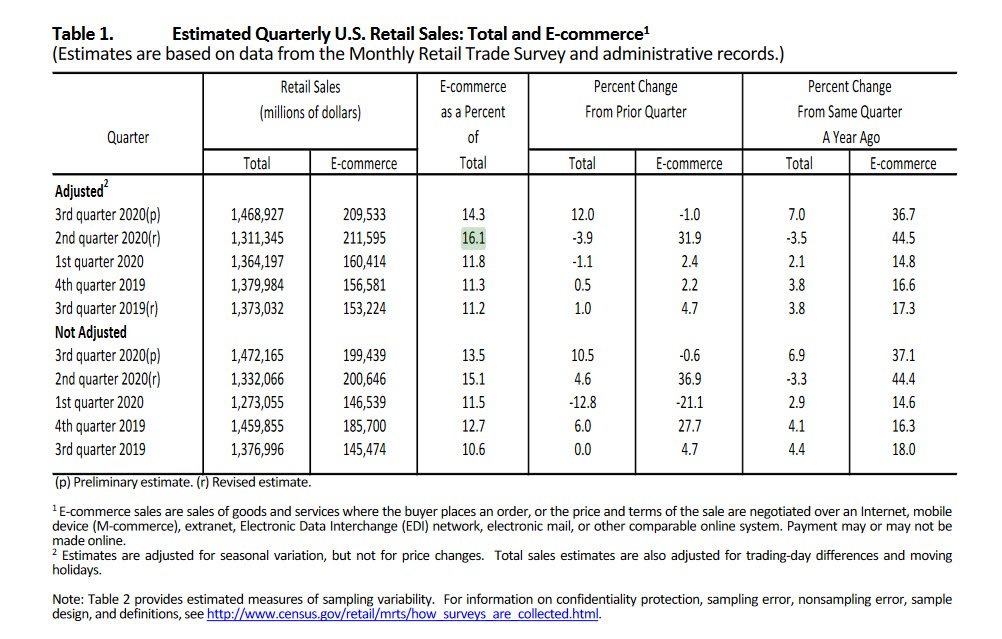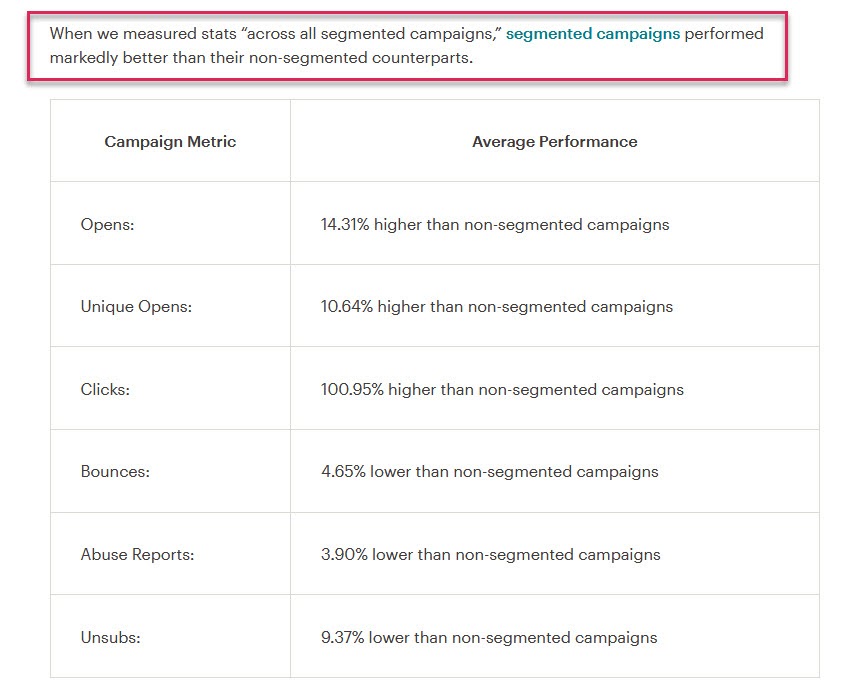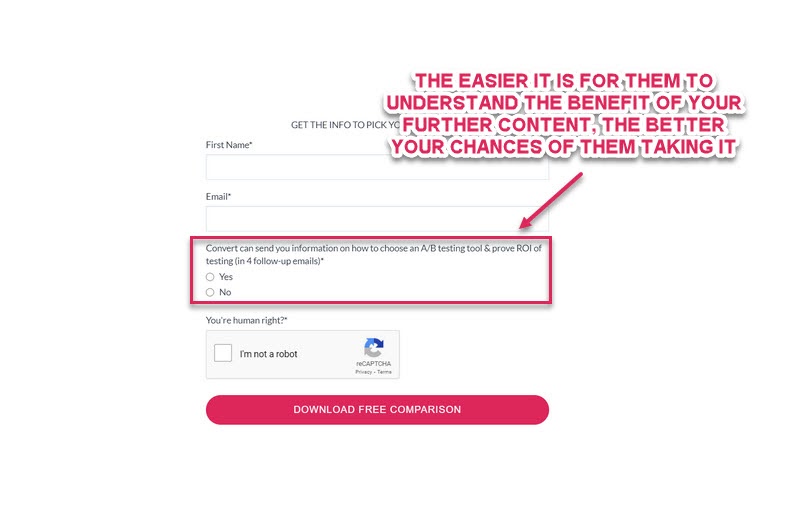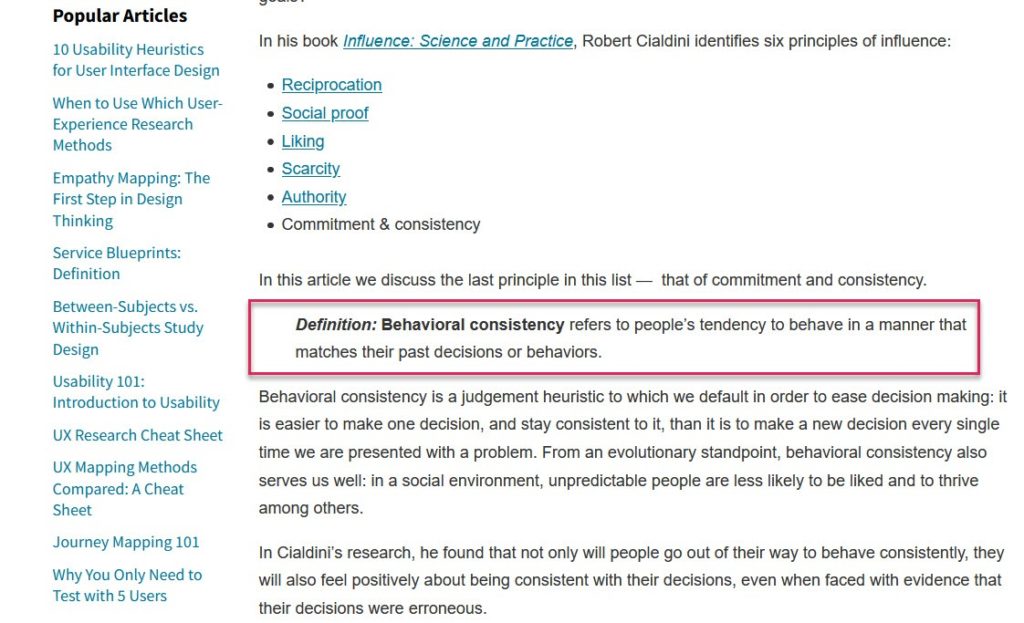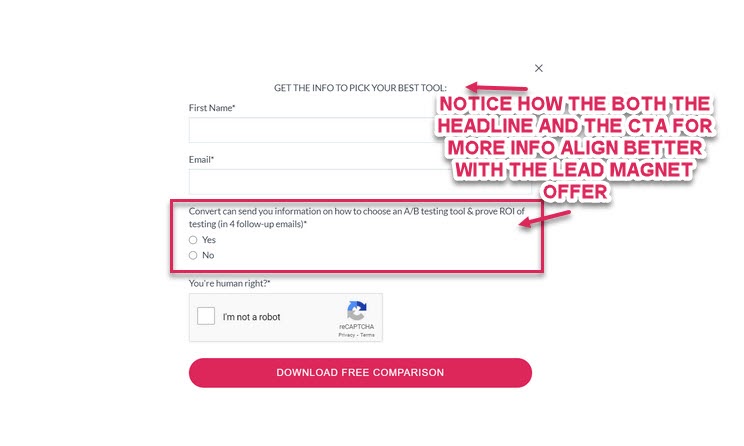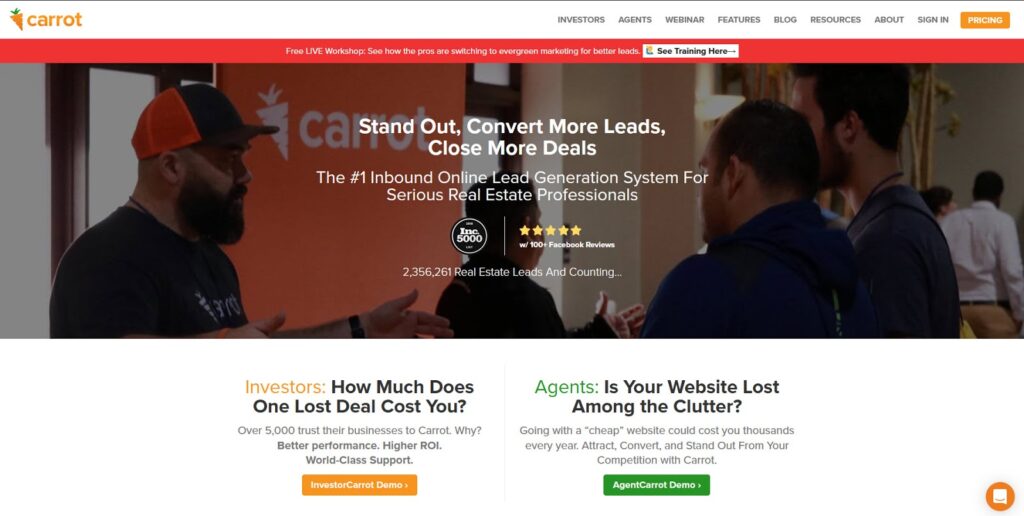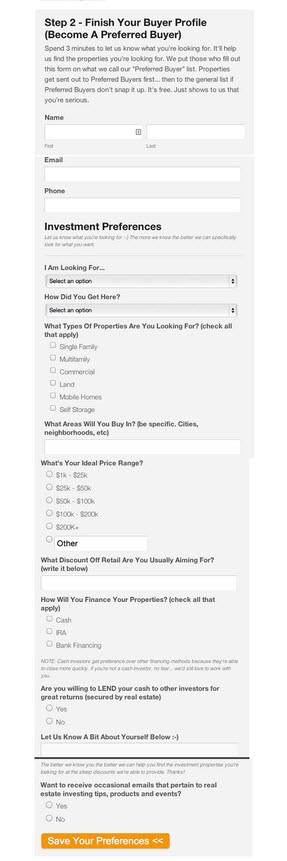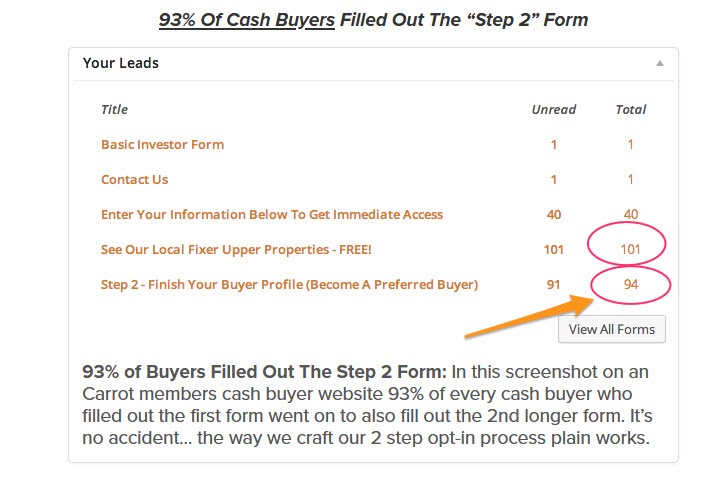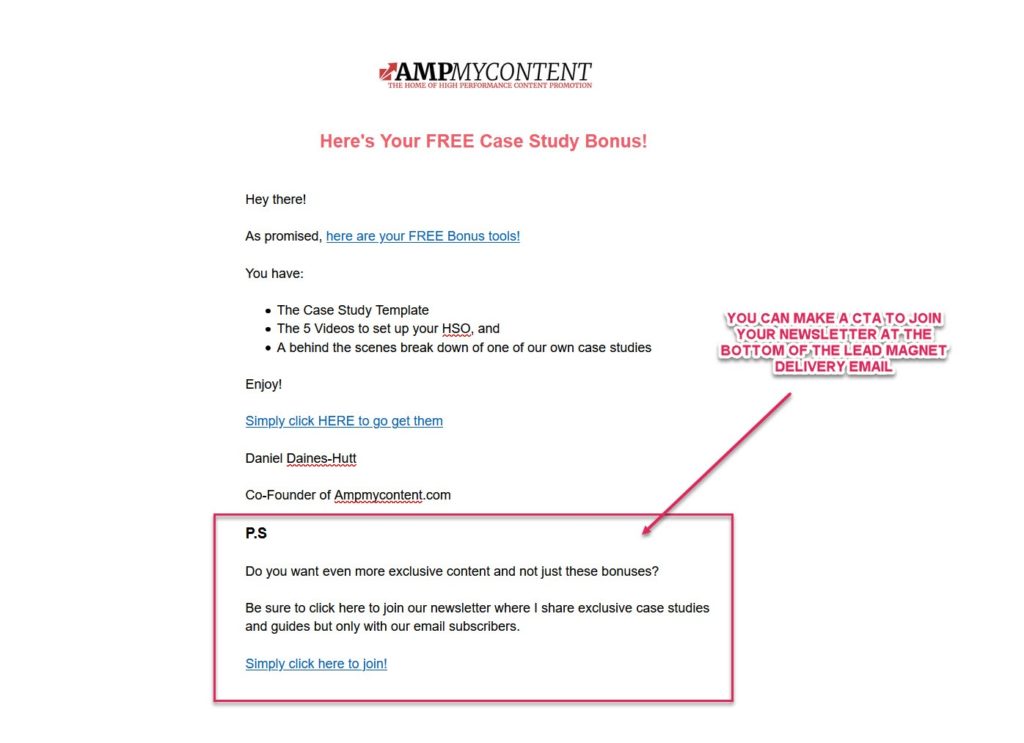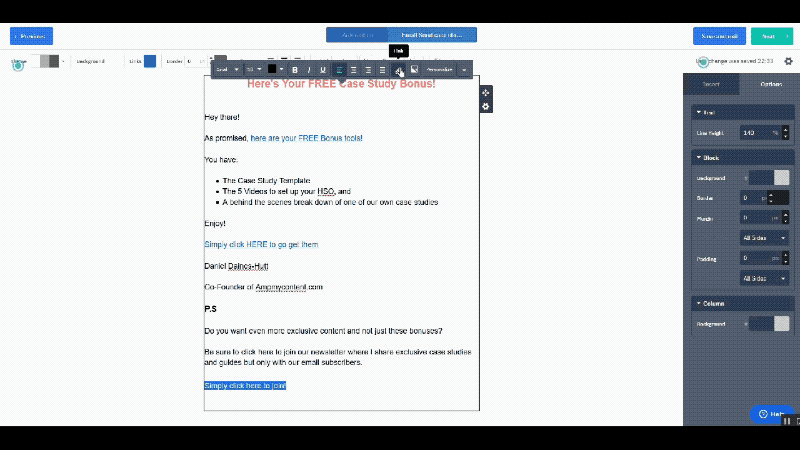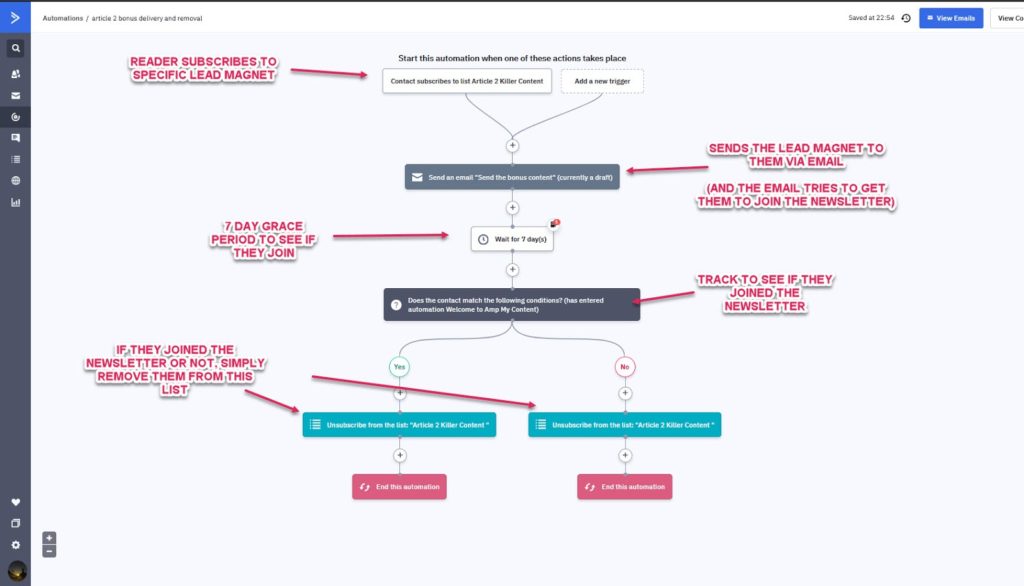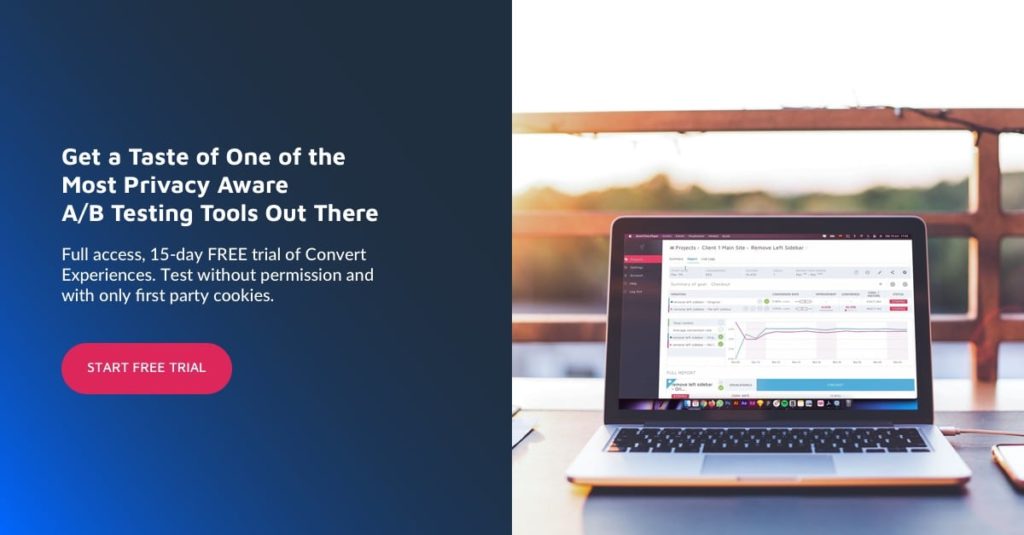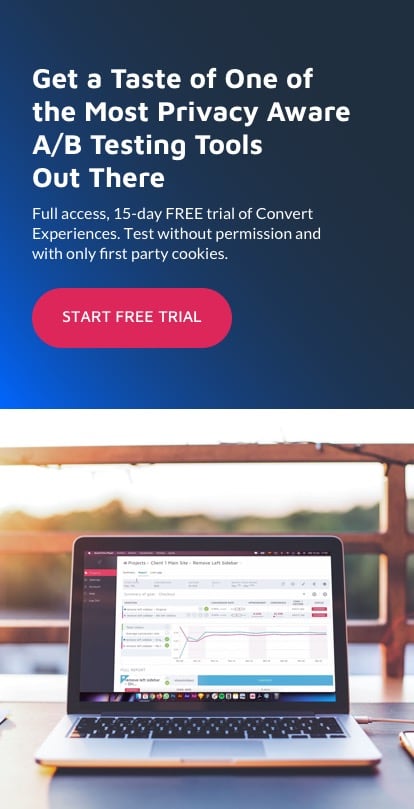Beyond Forms & Emails: Why 2021 Is the Year of Consent Rate Optimization

Here at Convert, we’re focused on doing good.
Not just good work but building out practices that can make our industry a better place.
With the growing rise in privacy concerns, users not only want great service but they want to feel like they can trust us with their data. To not have it lost or sold for some nefarious scheme.
And so we stand at a crossroads.
Some companies are restricting their website access to entire continents, just to avoid making these changes. Others are embracing it.
Obviously, as marketers, we need to learn as much as we can about our audience so that we can improve, but we need to do this in a way that aligns with this new paradigm. Better still, if we can do the right thing now, it can give us a competitive advantage in the future. The more trust we can build with our audience, the better the relationship and the higher the sales.
In today’s article, we’re going to walk you through how to not only get better at building trust and asking for consent to market and send emails to your audience — but we’re going to show you how to get better results because of it.
In fact, we saw a lift of almost 60% from lead to trial with what we’re about to share with you, so let’s dive in…
Why Is 2021 All Set to Be a Great Year for Emails?
If you’ve been in marketing for a while then you probably have a rough idea of just how powerful email marketing can be.
According to 2019 reports by both Litmus and DMA, the average ROI for an email campaign is around $42 per $1 spent on email marketing.
And it makes sense because other than account fees based on list size, there are hardly any ongoing costs.
Compare that performance to ad platforms with their increasing competition, changing rules, incorrect account bans, their fears of delivery and reporting issues, and email is looking more and more appealing.
Not only that, but the number of active email users is continuing to grow each year.
According to a 2021 report by Statista, 4.03 billion people currently use email and they expect that user base to grow to 4.48 billion by 2024. (That’s an additional 450 million new users over 4 years.)
Email is still one of the most trusted channels for B2C and B2B.
You can sell, engage and distribute new information to your audience with just a few clicks of a button. This is even more important when we look back at last year and how it’s affected industries and consumer behavior.
According to data from IBM, retail businesses have seen an accelerated push from physical to digital sales by around 5 years off their original estimated timeline.
In fact, a 2020 report by the U.S Census Bureau saw a 4.3% growth in digital sales in Q2 of 2020 vs Q1, with digital sales making up 16.1% of all retail sales in the United States.
It’s clear that people are communicating and purchasing online, but they are becoming more and more selective about who they interact with and where they spend their money.
Companies that have shown to authentically care for their audience and community are being supported while the bandwagon hoppers are seeing declines in sales.
So what if we took this one step further?
What if we show our audience that we care more than our competitors?
What if we show them how we stand apart from them with one of our very first interactions?
Short Recap of Privacy and How It’s Impacting Forms & Emails
So let’s talk about privacy and ‘explicit consent’.
Legislations like the GDPR and the CCPA are in place to protect the consumer. It’s forced a lot of companies to start looking at how to meet requirements.
They are not the easiest to read documents, but the core issue we see is the way the majority of sites that collect consent right now are using an almost blanket approach.
Rather than ask the user for permission, for one thing, the audience is often given an all-or-nothing choice and the things they can agree to can be incredibly different from site to site.
Not only is this a bad practice, but before long, this will come back to bite these companies on the backside, as consumers are getting savvier as to who is doing what with their information.
You might not have any ill intent planned but it’s hard to prove that when there’s a data leak from some tool or host that you use because you didn’t do your due diligence.
Our goal (and hopefully yours after reading this) is to change that dynamic from day 1.
A solid CMP should work like a drip campaign, like the ones used before GDPR in cold email outreach or trial nurturing campaigns. It’s a way of building trust and asking for something in return.
For example, download my PDF and I’ll send you an email with it attached. It is something you expect from me and that I deliver. In the email, I might also invite you to take one more step, like getting another piece of content. It’s imperative though that each new step is consensual on both sides and neither party breaks the mutual trust that is established over time.
Dennis van der Heijden
If you opt in for a lead magnet from Convert and don’t consent to any other communication, then that’s all you get.
We know that a newsletter is a great way to stay in touch with our subscribers but the days of sending a complimentary newsletter are gone.
Of course, we want them to say yes to receiving more information from us. But unless they request it, we won’t be sending anything their way.
And sure, it will affect our conversion rate on the front end, but what if it actually improves the readers’ experience and our results on the backend instead?
Why would this happen?
Because that’s what happened to us…
We decided to ask our customers for consent before we would send them any further content.
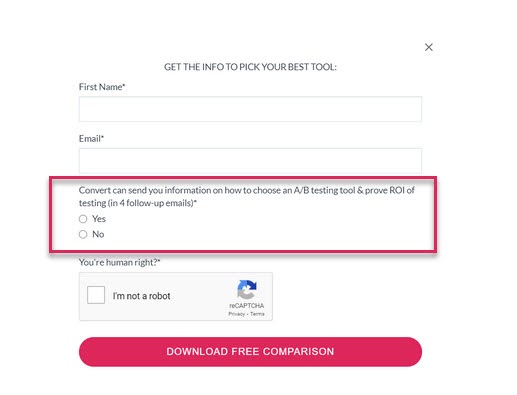
And the results?
50% of the people who opted in for our lead magnet, also opted in for further content nurturing.
But how did that affect our end goal of trials?
- We saw a 4.19% conversion rate to trial from those who just took the lead magnet alone.
- And a 6.9% conversion rate to trial from those who consented to the nurture content also.
This meant an almost 60% lift in leads to trial, simply from subscribers who consented to more information.
Why did this work?
So here’s my hypothesis.
We’ve all been so focused on building our list volume, but what if list focus was more effective instead?
Back in the day, email and content used to be called ‘permission’ marketing.
Somehow we’ve got to this point where permission, for one thing, has allowed us to bombard our readers with unwanted messages or worse-sell their information to others.
Sooner or later, these things tend to come to light.
People are paying attention to the brands that care for them, and not just their bottom line.
So what if by asking our audience for permission to send further content at the start, we are then seen as a company that cares about their privacy just as much as they do?
And sure, we might see fewer conversions on the front end, but we’ll also be segmenting our list down to just those people who have raised their hand to learn more.
Why care about segmentation?
Because in a recent study by Mailchimp, they found that segmented messages outperformed generic broadcasts across every single metric.
We’ve already seen how segmenting our audience to those who give consent has affected our own results.
So ask yourself:
- How many people are you paying to keep on your list who are no longer interested in what you provide?
- How many of them are bouncing or going unread and affecting the delivery of emails to people who actually want to hear from you?
- And wouldn’t it be better to build that trust upfront and market to that more segmented and interested audience?
Sure it would!
By being more proactive with content on the front end and then cleaning up your list on the back, you can actually lower your costs while improving your email performance and user experience.
The key, of course, is getting them to consent to hear more from you…
The Meaning of Consent Rate Optimization (TM)
What is consent rate optimization?
It’s simply the process of improving your messaging and design to see a lift in those people who consent to receive further emails from you.
We’re not talking about dark pattern design or anything like that, but instead looking at how you can improve and frame your requests with the user’s benefit in mind so that it makes total sense for them to say yes.
What do they actually want? How can you provide that value so it makes them want to hear more from you?
Because if you can understand that, then you can improve your consent conversion rate.
More resources on Consent Rate Optimization and Privacy:
Consent Rate Optimization, a New Discipline in Website Optimization
Consent vs. Legitimate Interest: Which Should You Choose for Marketing?
Consent & Cookies: How Will GDPR and the ePrivacy Regulation Impact Websites?
How Do We Approach Consent Rate Optimization?
The biggest thing to remember is that email is not free.
When your audience gives you their email, there is an element of trust in exchange for value.
You need to be offering something that the audience truly needs, and the better you can figure out what it is that they want, the easier it will be for you to get their consent to send them further content or to join your newsletter.
So let’s assume that you have a lead magnet that already converts and you want to add in a consent form so that you can stand out as a company that respects their subscribers’ privacy.
Well, let’s break down a few methods of how you can improve your conversion rate…
How to Increase Form Registrations? (When Consent Is Asked to Send Further Information)
1. Make the ask but be clear about your intent
The first thing is to have a clear CTA for the reader to receive more content.
Also, let’s steer clear of any dark patterns and get them to click the box to accept and not have the box pre-filled out.
(Remember, we’re trying to build trust here.)
They should be able to tick a box to show that they want to receive more information than just the lead magnet.
Why?
By taking a moment to decide on this themselves, it can tie into the commitment and behavioral consistency principle.
By asking visitors to click that box and commit to wanting more information, it can actually help you to see a lift in people following through and consuming it.
2. Make segmented value offers that tie into what they are opting in for
So you have a clear offer but let’s improve on it.
Why?
Because the more specific the content you offer them is to the lead magnet, the higher the chance they will want and consent to it.
Think of it like Netflix. We all want the next episode of our favorite show far more than we want something totally different.
So offer them content that directly ties into what they are opting in for.
Example: In our original test, we offered more generic content that was roughly around the topic the lead magnet was on.
This converted around 43% of viewers.
But when we got more specific on what the content was, we saw a lift of 7% more conversions (up to 50%).
We’re providing the exact same content as before, but we’re now positioning it better to align with the lead magnet and what they want to consume next.
3. Position them well + from the audience’s benefit
So how can we get even more lift?
Once you’ve decided on what content to send them, think of the benefits of that content for that user.
- Why would they care about that other content?
- What problem will it solve for them?
- What is their level of awareness right now at this first lead magnet?
Try to think of the answers to these questions and it will help you position the benefits that will resonate with the reader.
In this example, we could have talked about the next pieces of content and how they not only help them choose a tool but perhaps run their very first test also.
Why?
Because this would be the next logical step the audience would want to take and so the conversion should rise even more.
4. Use staggered offers to ask for less information upfront
Here’s a design method that can help increase lift even further and it has nothing to do with the copy.
We already know that the more boxes people have to fill out, the more friction there is for them to convert.
So what you can do is simply stagger the forms.
Have the first form offer them the lead magnet and ask for their email.
Then, once they’ve opted in for the lead magnet, you can then ask them if they would like to receive that further content like we just discussed.
All we’re doing is changing the design.
It’s still the same amount of questions and forms, we’re just removing some of that initial friction by having less visible forms to fill out on the front end.
- Initial CTA: Do you want this lead magnet?
- Enters email.
- New popup window: Would you also like to receive 4 articles that will further benefit this lead magnet?
It seems simple, right?
Do you want to know how powerful staggered offers like this can be?
Investor carrot is a blog all about investment and buying homes.
Their lead magnet used to ask for around 20 different pieces of information from the user.
Yikes!
As you can guess, it didn’t covert that well, so they decided to test staggered forms.
(They still needed all the information as it helped them to qualify SQLs, but they wanted to improve their opt-in rate on the front end.)
They went ahead and created a staggered 2-step opt-in sequence instead.
They would ask for the email on the front end and then for the remaining 19 items once the reader had opted in.
The results?
They saw a whopping 46% conversion rate on the front end.
Not only that, but 93% of their customers who opted in and filled out their email, carried on and filled out the rest of the information.
You see, the people were interested buyers, but they were just put off by the initial forms.
Staggered offers like this really do help remove friction. I recommend trying them to see if you can get an even better lift from your nurture consent forms.
And if that works?
Well, then you can even try it with your newsletter signups…
How to Increase Newsletter Sign-ups
Like we said earlier, we still want to get newsletter sign-ups if we can. We just don’t want to assume that we have permission to send more emails to people unless they explicitly consent to receive them.
So how can we get more people to consent and join our newsletter?
Well here’s a few methods…
1. Add a CTA in the form offer
We can simply add another step in that staggered opt-in information back on the lead magnet.
- Initial CTA: Do you want this lead magnet?
- Enters email.
- New popup window: Would you also like to receive 4 articles that will further benefit this lead magnet?
- Final popup window: Would you like to receive all future content that we write on XYZ topic?
Simple, right?
Again, by staggering out the information requested you can usually see a higher lift on the front end. I wouldn’t be surprised if you see more people becoming newsletter subscribers.
(Just remember to not auto-fill any boxes so that they can select manually.)
So what else can we do?
2. Make an offer inside the lead magnet and its email
This is as simple as it sounds.
You can add a CTA inside both the email that delivers the lead magnet and even in the lead magnet itself.
This could be as simple as a link they click to give consent to be on your newsletter.
You can manage this with most email software with either tagging or link click tracking. The software tracks the clicked link and then checks to see if it recognizes the person as someone already on your ‘Lead magnet’ or ‘Nurture Sequence’ lists and then adds them to your newsletter.
If they’re already been removed, then it can simply redirect them to an opt-in page instead, where they can then choose to join.
3. Add a CTA in the nurture sequence
Another option is to also add a CTA for your newsletter in the PS section of each of the nurture sequence emails that you deliver:
P.S
Like the content we’ve been sending you so far?
We write in-depth CRO guides each month so you can improve your own campaigns. Don’t miss out on any of our guides by joining our newsletter here.
Simple!
But what do you do if people are just not interested in joining your newsletter or hearing any more from you?
In that case, it’s time to say goodbye…
How to Say “Goodbye” to Disengaged Subscribers
Let’s imagine this new subscriber just wanted your lead magnet and nothing else.
Or maybe they said yes to your nurture sequence, but still don’t want to join your newsletter after consuming your content. Perhaps it’s just not the right offer or time for them.
What do you do now?
In theory, you could just keep them in a separate list on your email CRM, but in all honesty, why would you want to?
- You don’t have permission to send them any more content.
- You’re paying for them to be on your list, without being able to market to them.
- And you run the risk of emailing them by accident via a broadcast email and getting bounced emails while also lowering our email deliverability to everyone else.
The best thing to do is simply remove them from your list and tighten its focus.
There are a few ways to do this.
You probably have a monthly list scrubbing automation in place already, right?
It checks for bounced, fake, or spam email accounts on your list and removes them on automation?
Well, this is very similar.
You can set up an automation that brings your new subscribers onto that specific lead magnet list and then, after X period of time, it removes them automatically.
Here’s a visual representation of that process:
Perhaps do this after 7 days or so.
Why give them a 7-day grace period?
Because people don’t always consume your lead magnet content right away. If you wait for 7 days then it gives the reader some time to see the CTA in the lead magnet or the nurture sequence and then decide if they want to join your newsletter or not.
(By waiting 7 days, it also allows the email CRM to simply move them across to a new list without the reader having to send their information again.)
But if they don’t click and join the newsletter by that time?
Then we assume they were not interested and they are automatically cleaned from your list.
Simple!
How to Make Email Marketing More Effective
As you can see, the process to start improving consent is quite simple but can be very powerful.
All you need to do is set up and add a consent form along with your lead magnet opt to form and then tweak your email automation.
Then, just be sure to check in and see what impact it has on your MQLs and SQLs later down the line. You might be pleasantly surprised.
Because if it works for us and improves our trial conversions, then it’s worth testing, right?


